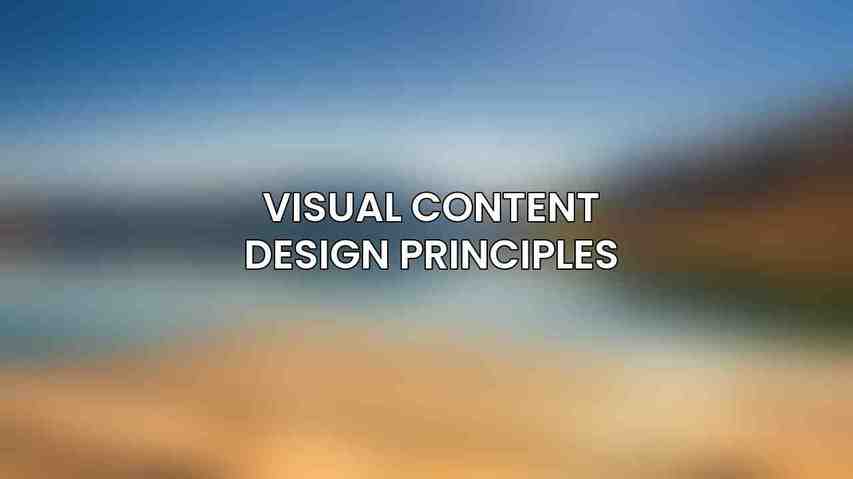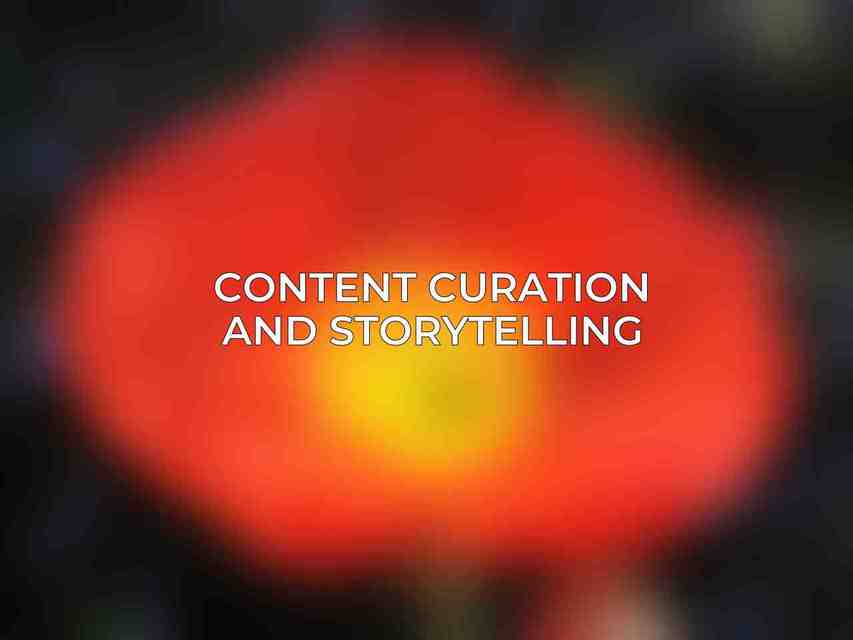Content design is the art of combining text and visuals to communicate a specific message effectively. In the realm of social media, where attention spans are short and competition for engagement is fierce, mastering content design is crucial. Incorporating design elements can significantly enhance the impact of your social media posts, making them more visually appealing, memorable, and shareable. Dive deeper into Top Design Tools for Elevating Your Social Media Content
Visual Content Design Principles

When it comes to creating visually appealing content for social media, several principles play a vital role in capturing the audience’s attention and conveying the intended message effectively.
A. Color Theory
Color theory is a fundamental aspect of visual content design. Understanding the psychology of colors and how they impact viewers can help in creating compelling social media posts. Utilizing primary, secondary, and tertiary colors, along with strategic color schemes, can evoke specific emotions and set the mood for your content.
B. Typography
Typography is another essential element in content design. Choosing the right typeface, establishing hierarchy through font sizes, and experimenting with font combinations can influence how your message is perceived. Clear and readable text is crucial for engaging your audience and conveying information effectively.
C. Layout Basics
The layout of your social media content plays a significant role in its overall appeal. Utilizing grid systems for composition, maximizing white space for clarity, and strategically placing images and text can improve the visual flow of your posts, making them more engaging and user-friendly.
Content Design for Specific Social Media Platforms
Different social media platforms have unique requirements and best practices for content design to maximize visibility and engagement.
A. Facebook
When designing content for Facebook, optimizing image dimensions, adhering to text length limits, and ensuring cover photos and profile pictures are well-crafted are essential for a professional and eye-catching presence on the platform.
B. Instagram
Instagram’s visual-centric nature demands attention to detail in aspects like aspect ratios, image formats for feed, Stories, and Reels, and utilizing filters and editing tools to maintain a cohesive aesthetic across your profile.
C. Twitter
Twitter’s character limit necessitates concise and impactful content. Understanding how to optimize text length, use hashtags effectively, and engage in threaded conversations can boost engagement on the platform.
D. LinkedIn
LinkedIn, as a professional networking platform, requires a more formal and informative tone. Crafting content that is long-form, sharing articles, and incorporating strong calls-to-action for lead generation can help leverage the platform effectively.
Content Curation and Storytelling

Content curation involves sourcing and selecting relevant and engaging content, whether user-generated, brand-created, or curated from external sources. Storytelling techniques, such as the HERO Framework and emotional appeals, can enhance the narrative of your social media content and drive desired actions from your audience.
Content Design Tools and Resources
Utilizing the right design tools can simplify the content creation process and elevate the quality of your social media visuals.
A. Free Design Tools
Platforms like Canva, Snappa, and Crello offer user-friendly interfaces and templates for creating visually appealing content without the need for advanced design skills.
B. Advanced Design Software
For more intricate designs, software like Adobe Photoshop, Adobe Illustrator, and Figma provide advanced features and customization options for professional content creators.
Best Practices and Case Studies
Following best practices like optimizing for mobile viewing and consistently testing and iterating your content can lead to improved engagement and results on social media. Studying successful case studies like Coca-Cola’s “Share a Coke” campaign and Nike’s “Find Your Greatness” initiative can provide valuable insights into effective content design strategies.
By mastering the basics of content design for social media and implementing best practices tailored to each platform, you can elevate your online presence, engage your audience more effectively, and create a lasting impact through compelling visual storytelling.
Frequently Asked Questions
What is content design for social media?
Content design for social media involves creating visuals, copy, and multimedia that are tailored to engage and resonate with audiences on social platforms.
Why is content design important for social media?
Content design is important for social media because it helps brands stand out, attract followers, and drive engagement on platforms where users are bombarded with content.
How can I improve my content design skills for social media?
You can improve your content design skills for social media by studying current trends, practicing design principles, and experimenting with different types of content to see what works best for your audience.
What are some tools and resources for content design for social media?
There are various tools and resources available for content design for social media, such as Canva, Adobe Creative Suite, and online courses on platforms like Skillshare and Udemy.
How can I measure the success of my content design efforts on social media?
You can measure the success of your content design efforts on social media by tracking metrics like engagement rates, click-through rates, and follower growth to see how your content is resonating with your audience.

